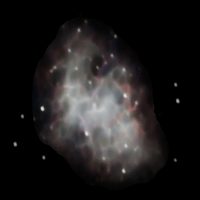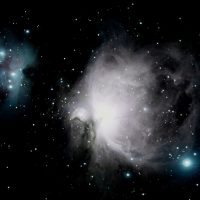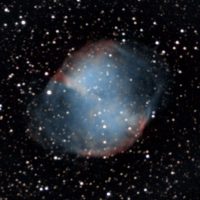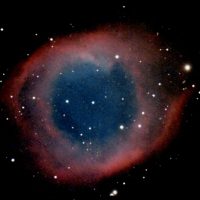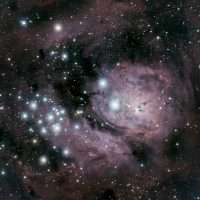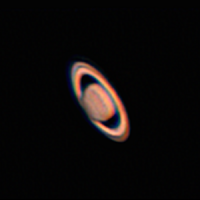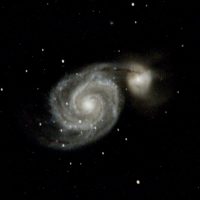
Last month, I focused on some of the galaxies that are visible in the eastern skies. There are also quite a few spectacular galaxies in the northern skies. Here are three that appear in the area of the Big Dipper. M51, the Whirlpool galaxy, is a beautiful spiral galaxy. It has a visual magnitude of […]
Island Features | Full Article




